Images are mostly well-exposed across all lighting conditions, with good and repeatable white balance results that show an improvement over the P8. The P9’s dual-LED flash unit also facilitates good target exposures, with very low noise in the center of the frame when using flash.
Outdoor pictures boast good detail and more neutral color
Shooting outdoors and in bright light conditions, the P9 delivers mostly well-exposed images, with vivid and pleasant color rendering. It does, however, have a tendency to slightly under-expose outdoor shots, which can lead to a loss of detail in darker areas.
For many users this won’t be a significant problem, as exposures remain pleasant, but photographers after a full range of tones should consider some post-production lighting of the shadow regions. The consistency of the P9’s HDR has been improved compared to the P8, too. Consecutive HDR exposures on the P9 still display some inconsistency, making it advisable to shoot multiple frames when shooting high-contrast scenes, so you can pick out the best exposure.
The P9’s white balance is mainly accurate and repeatable when shooting outdoors, and despite some minor failures, it offers more neutral results (i.e., a less obvious pink cast) compared to the P8. Detail preservation is also very good on the P9, making it a good choice for shooting intricate outdoor scenes. Only very minor luminance noise is visible, with much less chromatic noise compared to outdoor shots on the P8.
TIP: When shooting hig- contrast scenes, capture multiple exposures of the same view so you can pick out the shot with the best exposure and greatest dynamic range.
Indoor photos are exploitable even in extreme low-light conditions
In low-light pictures (5 to 20 Lux), the P9’s improved color rendering persists with saturated color compared to the P8. Indoor shots remain mostly well-exposed, too, and even in extreme low-light of 5 Lux, images remain usable from both the P8 and P9.
Between 5 and 20 Lux, fine details are reduced as the P9 utilizes high ISO sensitivities up to ISO 3200, and a slow 1/17s shutter speed to maintain exposure. Cleaner and sharper indoor results are possible with stronger light sources. Using a 500 Lux light source, exposure settings of ISO 160 and 1/50s shutter speed capture more well-defined detail.
Tip: When capturing pictures in low-light environments, seek out areas with the best light sources to allow the P9 to use faster shutter speeds and lower ISO sensitivities for sharper and more detailed results. In extreme low light, supporting the device as much as possible will help reduce camera shake.
Details: Explaining the P9 score
Exposure and Contrast (88)
With an improved score of 88 compared to 85 on the P8, the P9 captured good exposure and contrast in our tests. Some under-exposure reduced the score, but images remain exploitable for most situations.
Color (77)
The P9 gets one of its lowest category scores for color due to visible color shading in low light — and occasionally in bright light conditions, too. It’s a step up from the P8’s color score of 68, however, with more neutral white balance results and vivid and pleasant color in the brighter regions.
Autofocus (87)
One of its best scores, the P9 offers good autofocus performance, which is particularly fast in bright light conditions.
Texture (85)
Noise (83)
With very similar results to the P8 here, the P9 offers good detail preservation in outdoor and bright light conditions, with less chromatic noise compared to the P8. Some visible luminance noise on outdoor shots has reduced the score, but it’s certainly not offensive. On very low-light shots (5 to 20 Lux), more detail is lost due to the high ISO sensitivities and slow shutter speeds the P9 uses to maintain exposure.
Artifacts (87)
This is another one of the P9’s top scores, which demonstrates a significant improvement over the P8. Some slight deficiencies remain, including HDR halos, moiré in high-frequency patterns, minor ringing, and a drop in outer field acutance, but they are well-controlled and won’t be an issue for most users.
Flash (79)
With no additional light sources, the P9’s dual-LED flash unit produces good exposures, with well-preserved detail and low noise in the center of the frame. The flash is also well-centered, and despite some slight light attenuation visible in the far corners, resulting in some noticeable luminance noise at the edges, the flash spread is pretty good. Mixing flash with additional tungsten light sources, accurate exposure and white balance is possible, although we recorded some inconsistencies between consecutive shots.
Tip: For more consistent flash results, allow plenty of time between flash exposures to allow the Dual-LED unit to fully recharge.
Video (72)
Although not as strong with video as with stills, the P9 produces mostly well-exposed motion pictures with nice color in bright conditions. The same under-exposure we saw in stills persists with video however, with the darkest parts of a movie often clipped. Minimal artifacts, strong color rendering, and good noise reduction in bright light are the strongest aspects of video. In low light, fine details are affected, however, and with no stabilization in default mode, some juddering affects the viewing experience. White balance convergence is also slow, with a pink cast in low light and yellow cast in indoor movies evident. Autofocus is very good in bright light conditions, with only very slight focus hunting noticeable.


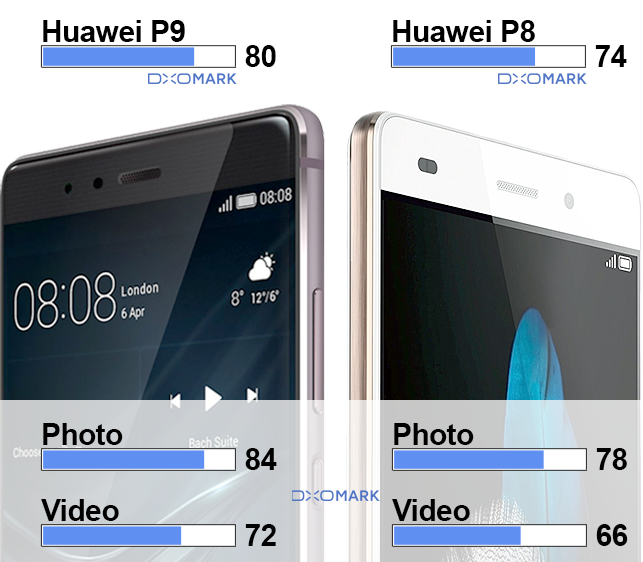

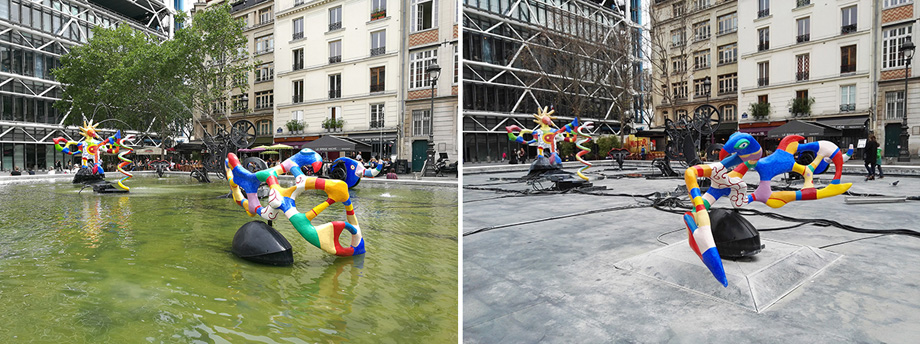
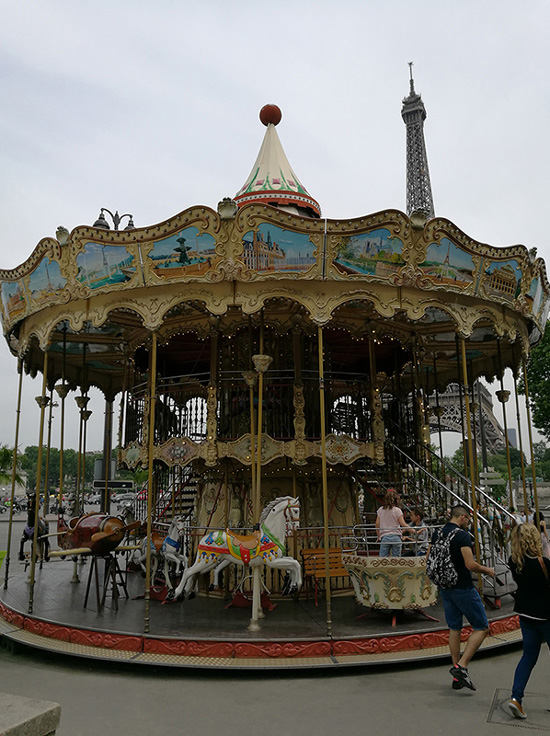





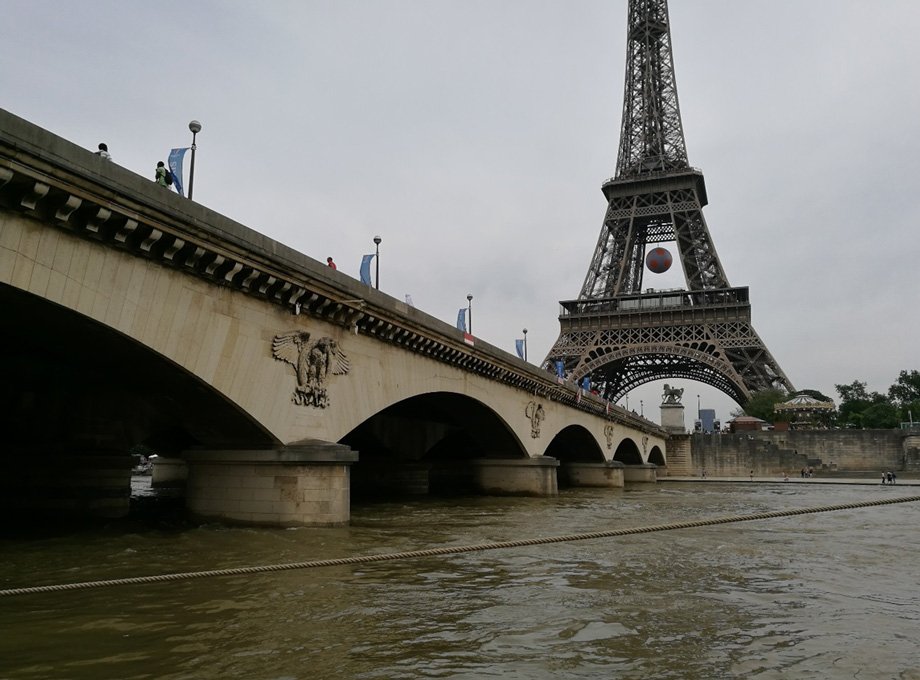

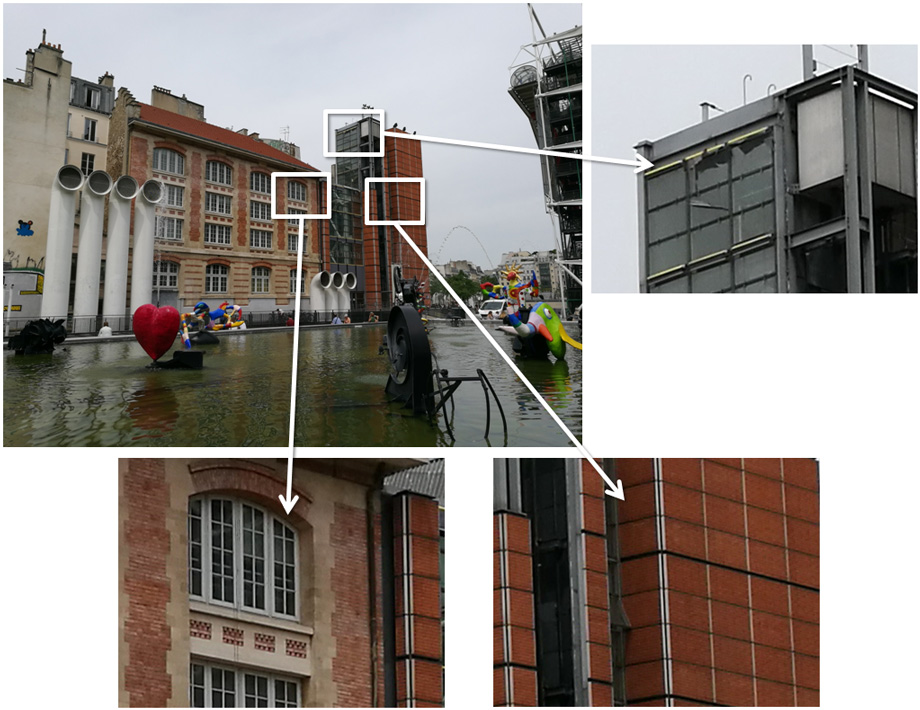
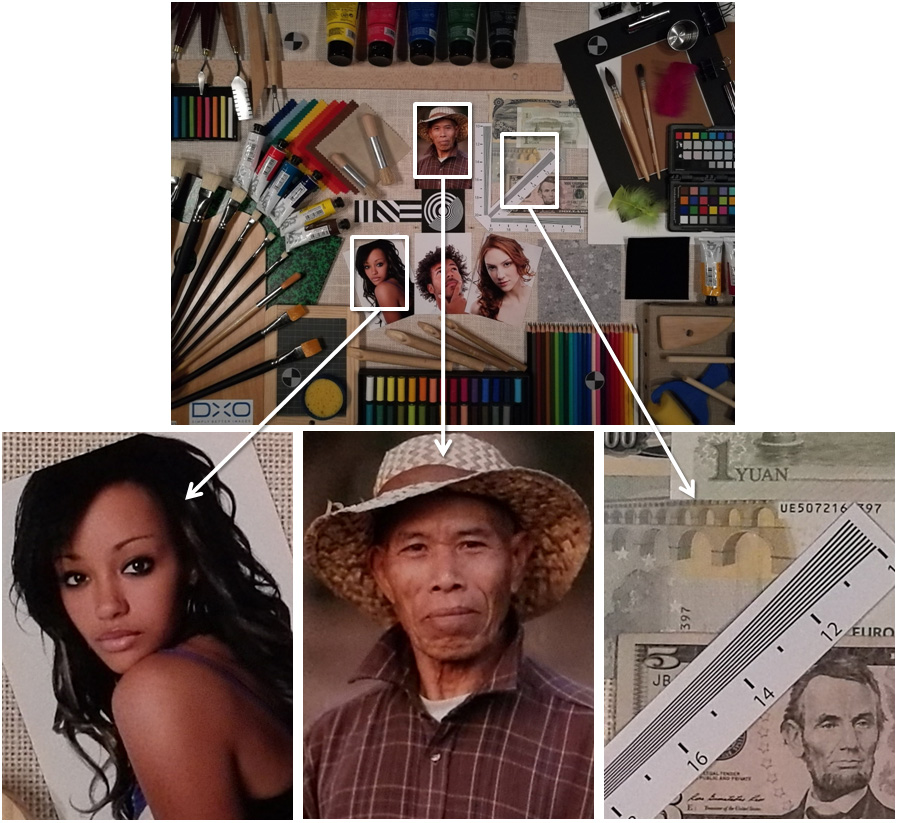

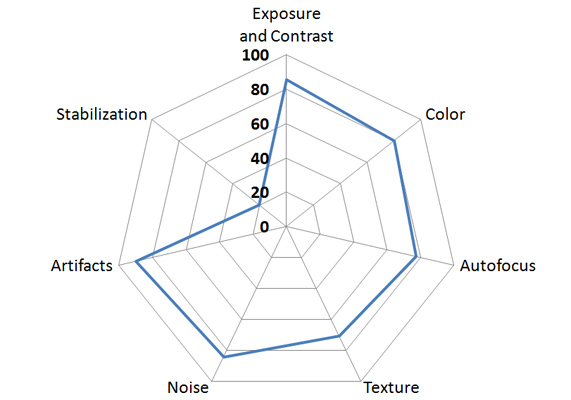


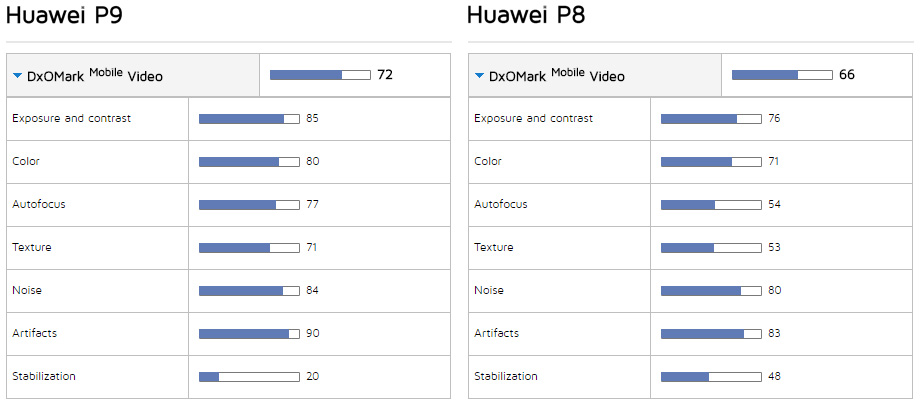

DXOMARK encourages its readers to share comments on the articles. To read or post comments, Disqus cookies are required. Change your Cookies Preferences and read more about our Comment Policy.